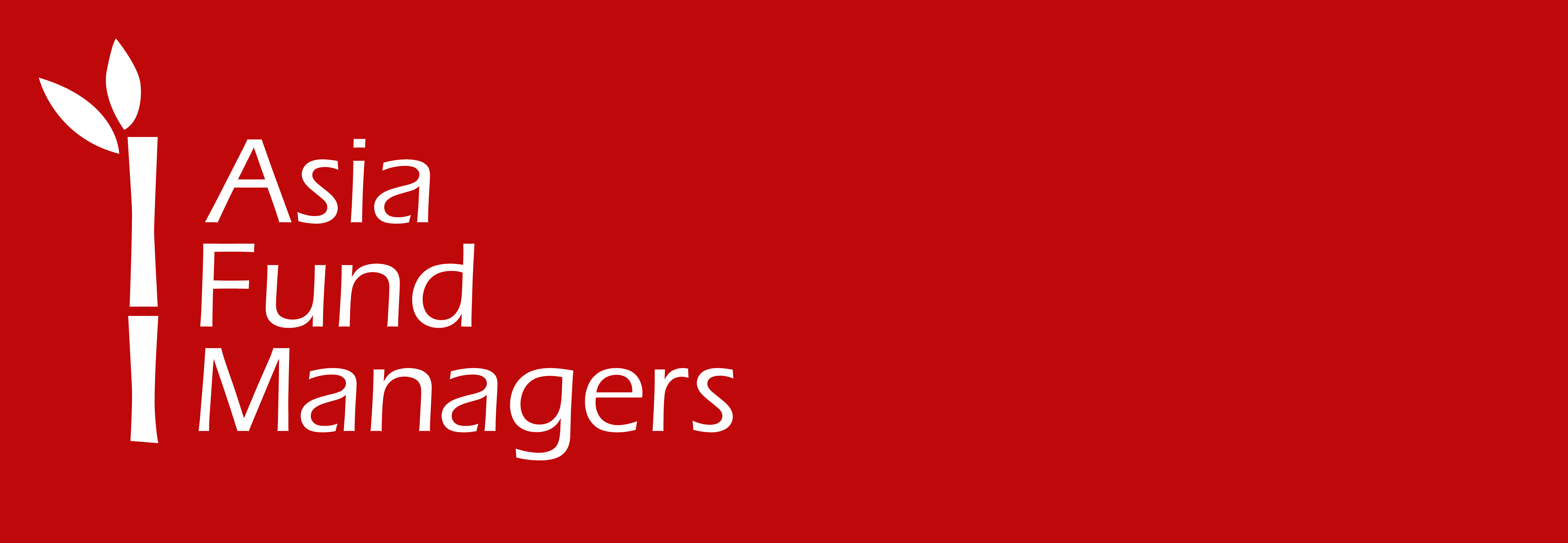The barometer of consumer purchasing power, Japan’s real wages, declined for the 17th consecutive month in August 2023, as inflation continued to surpass wage gains.
As per government data, inflation-adjusted real wages in the country declined by 2.5% year-on-year in August. “We had expected to see some acceleration in earnings given the reasonably strong wage negotiation results from the last quarter, but disappointingly, headline growth rose 1.1% year-on-year in August (versus the revised 1.1% in July and the 1.5% market consensus),“ writes Min Joo Kang, Senior Economist at ING.
“However, we still found some positive signs in the details. The most important contracted earnings continued to grow (1.6%) faster than the previous month (1.3%), while downside surprises came mainly from monthly volatile bonus payments (-5.4%),” she adds. Furthermore, overtime pay saw a year-on-year increase of 1% in August.
Meanwhile, Japan’s inflation remained above the Bank of Japan’s 2% inflation target in August for the 17th consecutive month as core consumer prices rose by 3.1%, narrowly defying the median economist projection of 3%. Last week, Bank of Japan Governor Kazuo Ueda emphasized that the central bank wants to adhere to its inflation target in conjunction with the growth of wages.
Japan’s consumer spending dips in August
With a drop in Japan’s real wages in August, the country’s consumer spending also saw a decline during this timeframe. As per government data, households comprising two or more individuals, in real terms, had an average monthly expenditure of 293,161 yen ($1,970). This marked a 2.5% decline in August 2023 compared to a comparable period last year.
However, as compared to July of this year, real household spending improved by 3.9% in August. Notably, the decline in consumer spending is part of a broader trend, as Japan had already witnessed a 5% decrease in household spending in July 2023, making it the fifth consecutive month of decline at that time.
In nominal terms, consumer spending saw a 1.1% increase, marking the first positive growth in five months.
Meanwhile, expenditure on food in the country fell for the 11th straight month in August, experiencing a 2.5% decline. Moving on to utilities, spending on electricity, gas, and water decreased by 0.5% year-on-year during the same period, with water and sewerage charges dropping by 10.7%. Furthermore, health and medical care spending dipped by 11.2% in the aftermath of the easing of COVID-19 restrictions.
Communication expenses saw a decline of 12.2%, reflecting an ongoing trend of reduced mobile phone communication costs driven by the increasing adoption of budget-friendly plans.
On the other hand, spending on entertainment during the month experienced a 3% increase, driven by heightened travel activity during the summer vacations. This surge included a remarkable 54-fold rise in expenditures on international package tours as well. Moreover, dining-out expenditures also saw a notable uptick, rising by 15.2% year-on-year.
“…with real household incomes set to fall until the end of this year, domestic demand growth will remain sluggish. Accordingly, we expect GDP growth to slow from 2.3% this year to a below-consensus 0.8% in 2024,” said Marcel Thieliant, Head of Asia-Pacific at Capital Economics.


 Australia
Australia China
China India
India Indonesia
Indonesia Japan
Japan Malaysia
Malaysia Philippines
Philippines Singapore
Singapore South Korea
South Korea Taiwan
Taiwan Thailand
Thailand Vietnam
Vietnam







